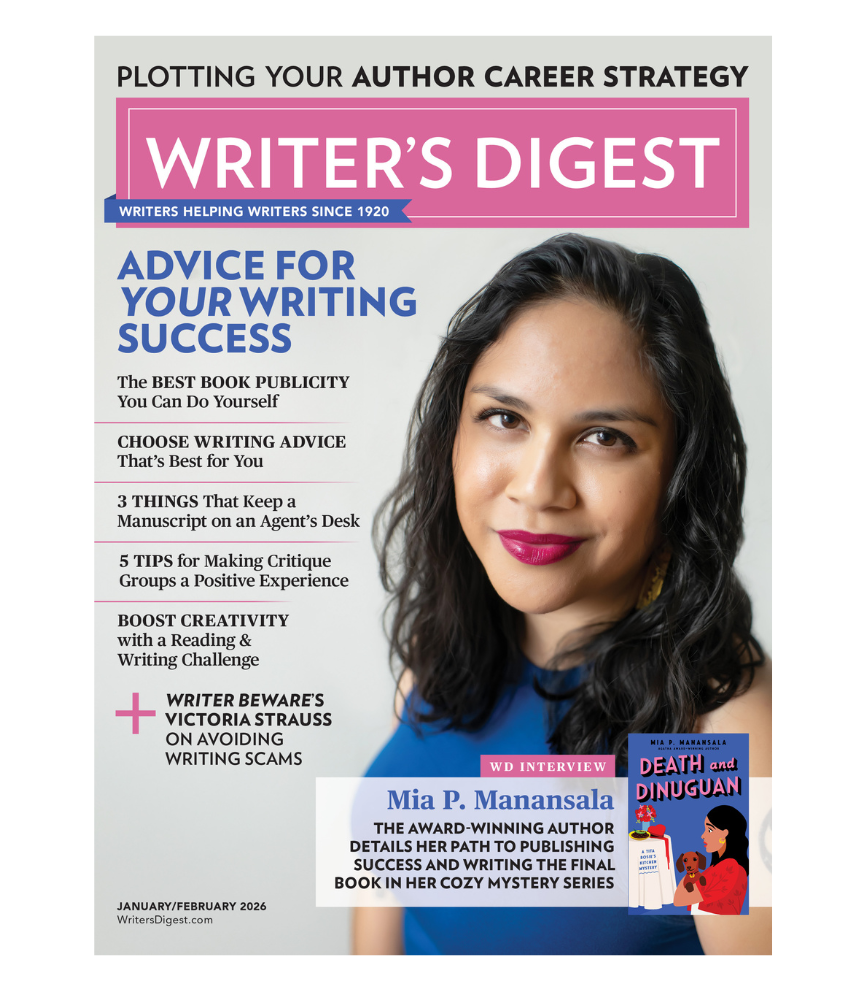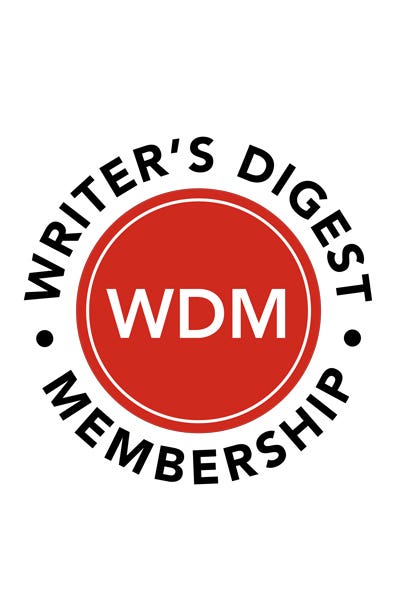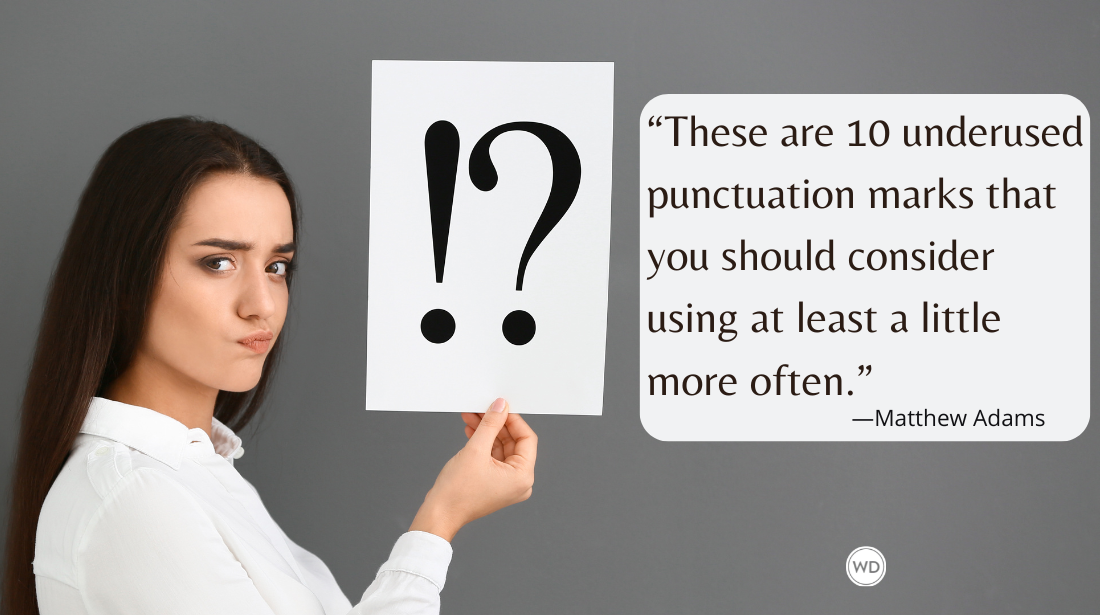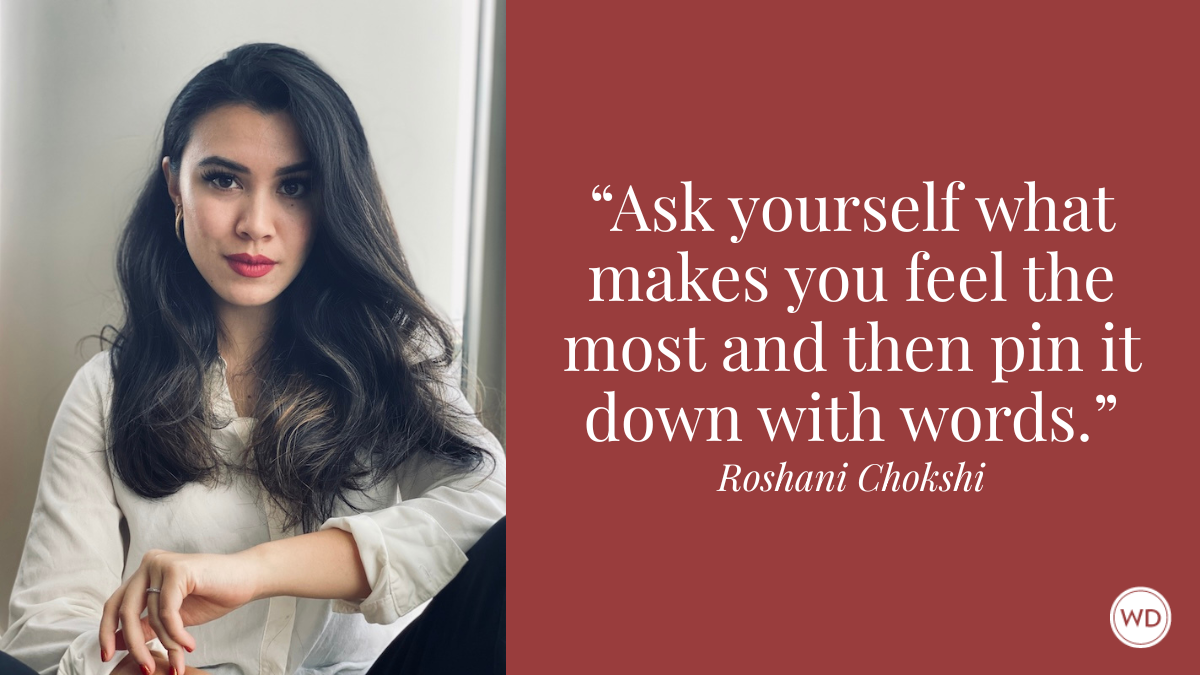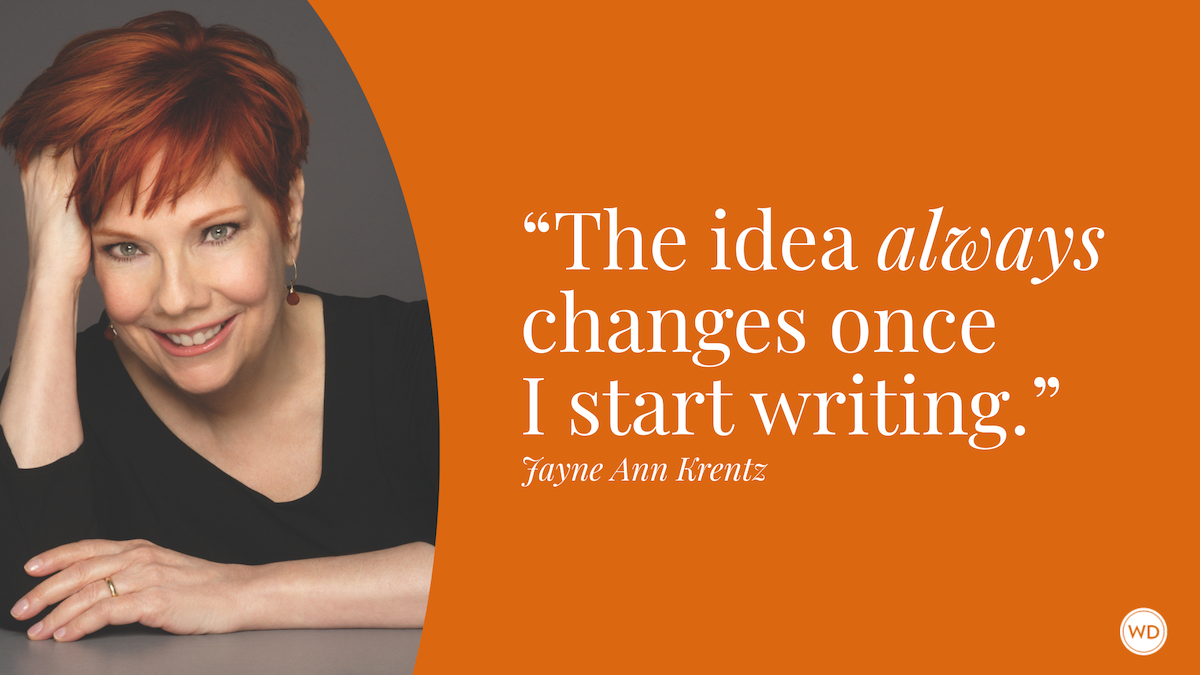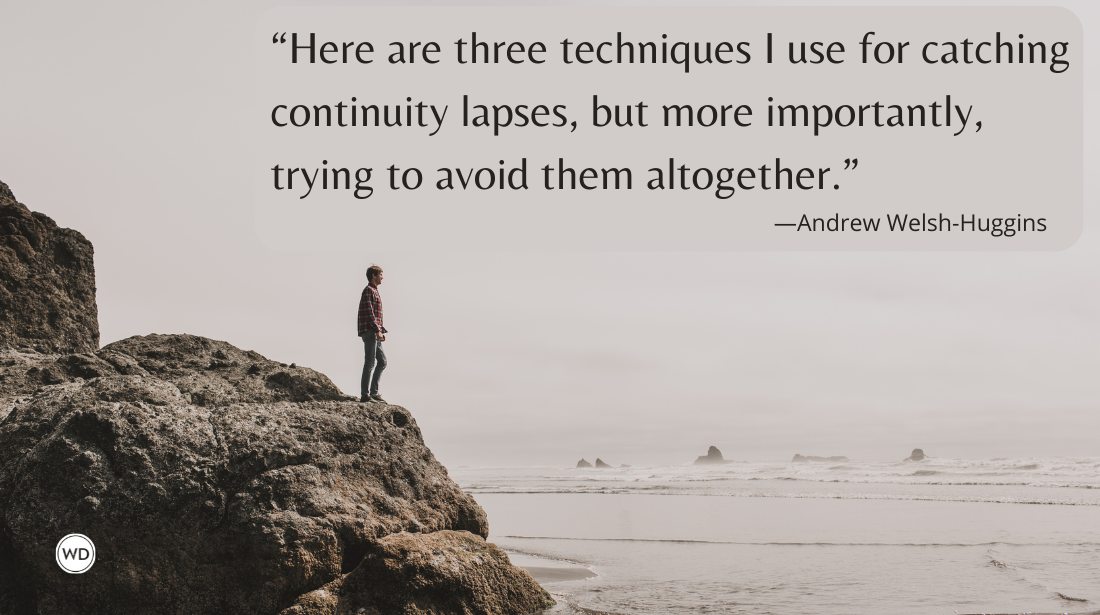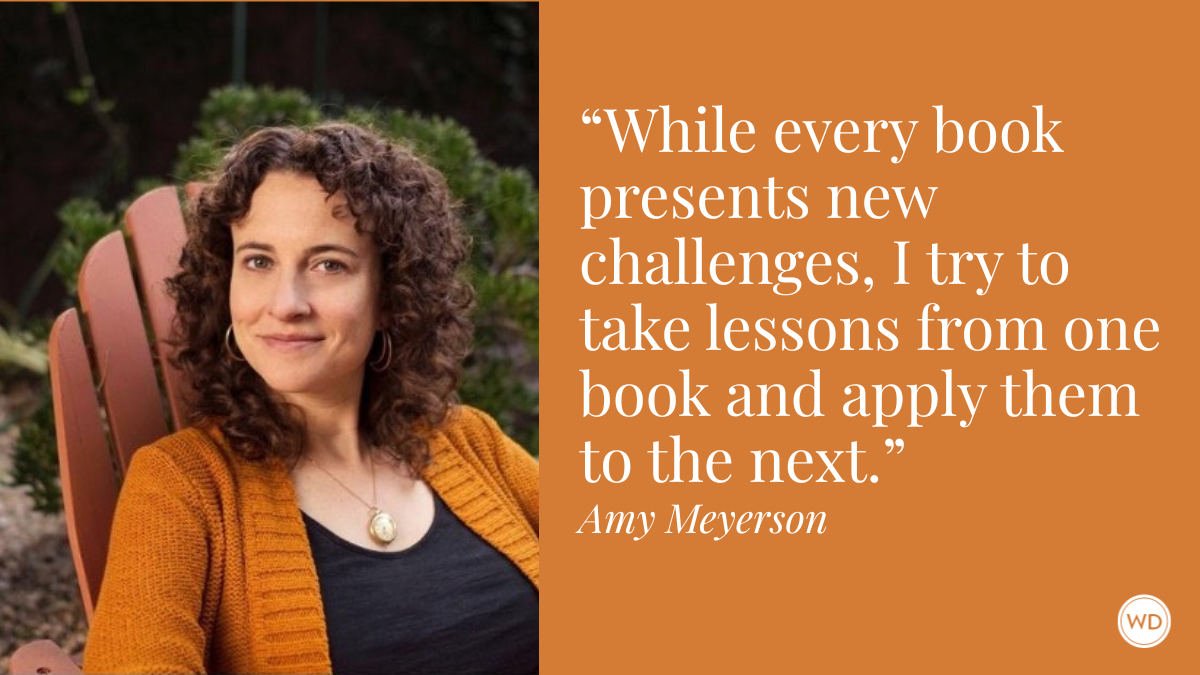Writing All the Times: 6 Things to Ask Yourself About Your Time-Travel Story
Bestselling author Nicole Galland gives genre writers 6 expert tips to ground the time travel in their novels for the best reader experience.
I’m usually shelved in the “historical fiction” section, but inside my own head, I don’t do genre. I just make stuff up and when it’s interesting, I write it down as well as I can (confession: There’s a little more to it than that). When the story’s set in the past, it goes on one shelf of the bookshop; when the setting is the present, it goes on a different shelf, and when the setting is the future, it goes on yet another. But who I fundamentally am as a writer never changes much, no matter where they shelve me. When Neal Stephenson and I first dove into time travel fiction with The Rise and Fall of D.O.D.O., our writer-selves informed the time-travel elements, not the other way around. This remained true when I wrote the sequel, Master of the Revels. My informal survey of other diachronic page-turners* suggests this is true for most writers. So let it be true for you as well, should you decide to join us on the trippiest trip there is.
There are no universal rules regarding time-travel fiction. You’ll be hard put to find a single theme, principle, or device common to all great diachronic tales. Things that are of urgent significance to one writer might matter not a whit to the next. H.G. Wells and Octavia Butler both used the genre to explore their (fairly simpatico) sociopolitical beliefs. But their use of the device of time-travel was dissimilar because of their differences as writers (as storytellers, as communicators) determined how they approached it. Butler, in Kindred, did not waste a pen stroke on the mechanics of “how” time travel works; her characters abruptly find themselves in a different century, with no control over when they leave, or when and where they arrive. The forces that move them through time thrum with karmic significance linked to slavery —unlike Wells’ Time Traveler, who travels by choice, compelled by an inventor’s curiosity and will, in a machine he created, with controls he can explain. In the DODO universe I write about, time travel is accomplished by witches performing magic that, in the 21st century, requires the assistance of quantum technology.
So really, when sorting out how to write effective time-travel fiction, the thing you most need to ask yourself is simply what do I want to write about? A question that you must ask and answer no matter what you write.
IndieBound | Bookshop | Amazon
[WD uses affiliate links.]
But to break it down a bit—if you like lists, as I do—here are six basic elements to consider.
6 Things to Ask Yourself About Your Time-Travel Story
Who
Who does or doesn’t time travel? Do they have agency? What’s their motivation/objective? In Master of the Revels, witches can send anyone except themselves through time; in Connie Willis’ novels, time travelers are employees of an intensely bureaucratic British government; in Dexter Palmer’s Version Control, they’re experimental physicists.
What
How is time travel understood in the world of the story? What are the legal, social, and practical rules of engagement? Butler doesn’t care about this; Willis is preoccupied with it.
When
What are the “time management rules”? Are there limitations to the span of time people can travel for, or rules about what epochs they can or cannot travel to? Do they have a choice about it? In The Time Machine, the Time Traveller can travel hundreds of thousands of years to past or present; in Kindred, Dana is always transported to antebellum Maryland, but each time is later than the time before.
Where
Can time travelers go anywhere, or is the diachronic relocation harnessed to a particular place, object, person, or situation? Do they have a say regarding where they go? In Master of the Revels, witches can Send people wherever magic functions; in Outlander and Kindred, the protagonist returns to the same setting; in Slaughterhouse-Five, Billy Pilgrim relives—or pre-lives—segments of his own life.
Why
To what ends do characters engage in time travel when given a choice? In Master of the Revels, characters vie to micro-adjust history to tweak present reality; in The Time Machine, the inventor mostly wants to learn about the past and future; in A Wrinkle in Time, Meg wants to save her father—and the universe.
How
What are the actual mechanics? How much detail is the reader privy to? In Outlander, sacred sites, times of the year, and precious gems all contribute to an amorphous process; in A Wrinkle of Time, a tesseract folds space and time for near-instantaneous travel across vast distances, but L’Engle does not try to explain precisely how; in The Rise and Fall of DODO Neal and I had fun digging into the nitty-gritty, to the point that on a couple of occasions I forgot it wasn’t something real.
Rather than feeling compelled to have detailed answers to all of these, decide which details matter to you and commit to them with precise internal logic and conceptual consistency.
No matter what else they tend to read, fans of time-travel fiction share a fascination with the relationship between Now and Then. Connect the dots between them according to your own vision; as long as you don’t color outside your own lines, don’t worry if you’ve broken some else’s rules. Take delight in whatever marvel you’ve created that bridges the present, past, and future.
*Octavia Butler’s Kindred; Connie Willis’ The Doomsday Book and To Say Nothing of the Dog; Kurt Vonnegut’s Slaughterhouse-Five; Diana Gabaldon's Outlander; Madeleine L’Engle’s A Wrinkle in Time, Dexter Palmer’s Version Control; and, of course, H.G. Wells’ The Time Machine.
Nicole Galland is the author of five historical and two contemporary novels, as well as the time-travel adventure romp Master of the Revels and co-author (with Neal Stephenson) of the New York Times bestselling The Rise and Fall of D.O.D.O.—also a time-travel adventure romp.


